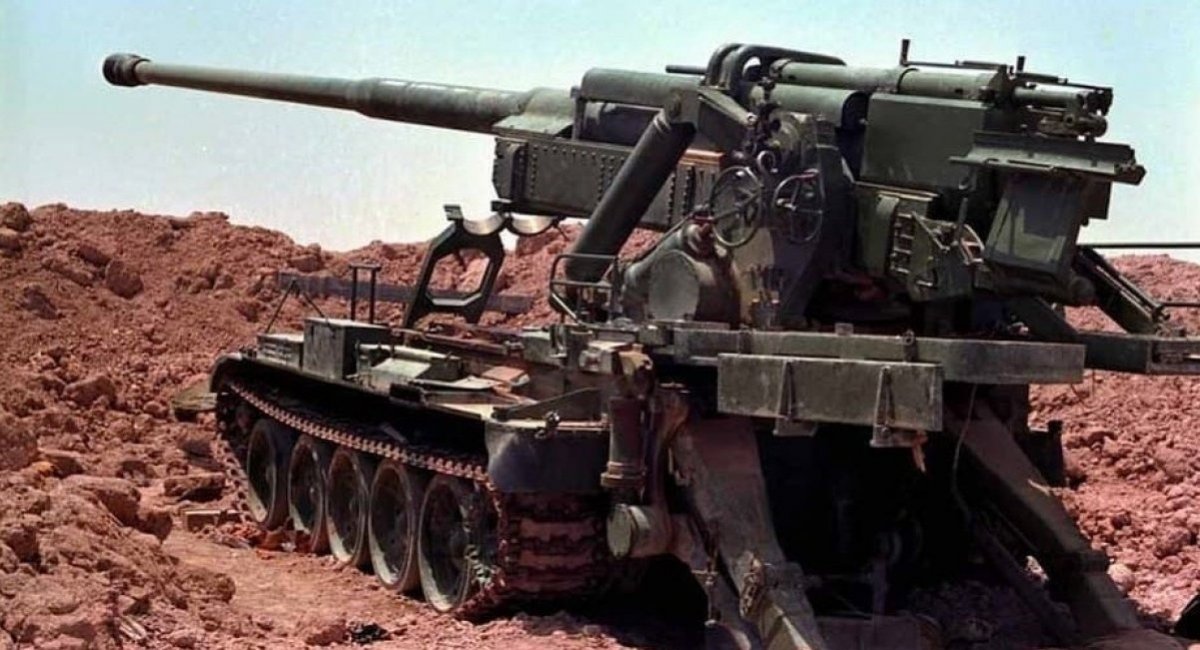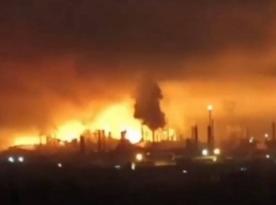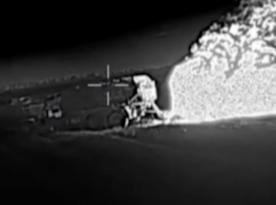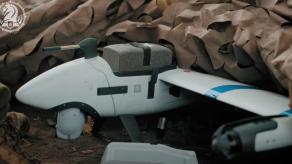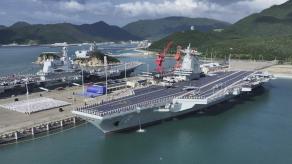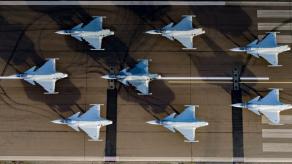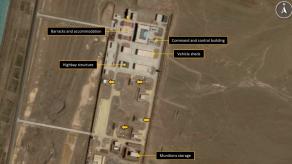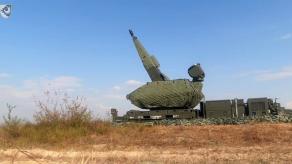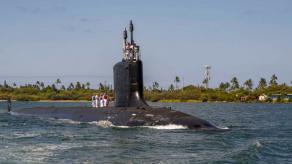New video of a M-1979 Koksan self-propelled howitzer destruction in Ukraine highlights a key difference between this system and its sister, the M-1989 Koksan. Although they may appear identical when viewed from the camera of an airborne FPV drone, knowing this difference may determine which tactic should be employed to disable it in the most efficient way.
The footage itself, provided below, was published by the Chornyi Stryzh Unmanned Strike Aerial Systems Company, from the 103rd Territorial Defense Brigade. The drone operators from this unit successfully took down an M-1979 Koksan deployed near Kursk, where this North Korean 170mm self-propelled artillery gun was used by russian forces.
Read more: Ukrainian Forces Destroy Three Rare North Korean Koksan Self-Propelled Artillery Systems (Video)
One of the first confirmed destructions of a north korean self-propelled gun!And it was done by soldiers of the 103rd Brigade of the Territorial Defense Forces of Ukraine - they destroyed the M-1978 "Koksan" with the help of drones on which you donated.Such results are only… pic.twitter.com/up7AnhLiVi— Спільнота Стерненка (@sternenkofund) April 14, 2025
For starters, let's outline that the names M-1979 Koksan and M-1989 Koksan are but Western designations, while the real names given by the Korean military remains unknown. The numbers refer to the respective years where these systems first appeared in public and may have nothing to do with development timelines; and Koksan is the North Korean city where these 170-mm self-propelled guns were first seen, as believed.
The key feature of M-1979 is that it doesn't carry any ammunition by itself; it's just the gun on a Soviet T-54 or Chinese Type 59 tracked chassis. Hence, it needs a separate support vehicle to transport 170-millimeter rounds. In our case, it is apparently the ammo transporter that we can see in the following still frame of the video from Ukrainian fighters.
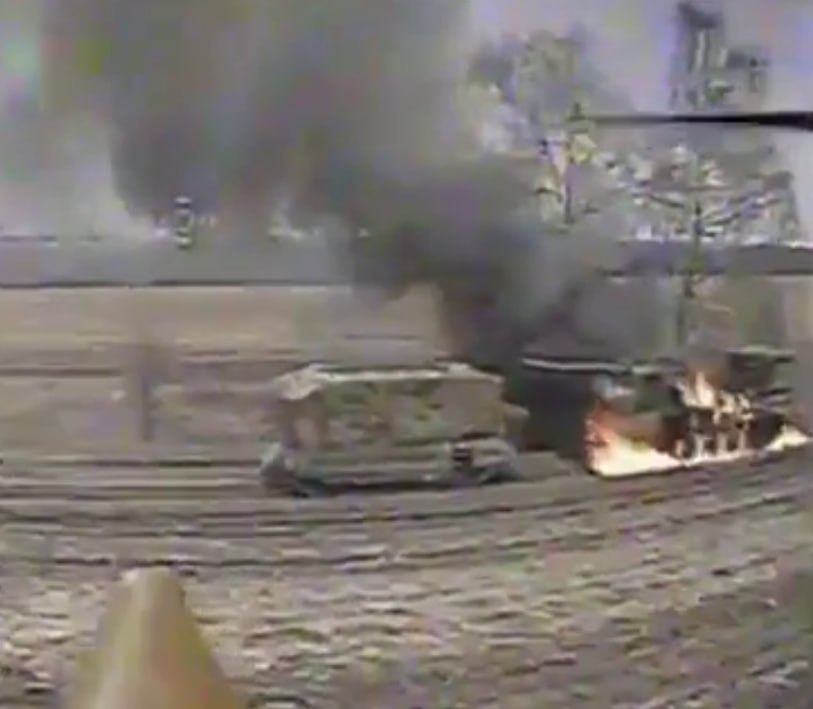
In practice, M-1979 can only be used in combat together with the ammunition transporter (here on a tracked chassis). Therefore, theoretically, taking out the support vehicle can leave the artillery system incapacitated even if the weapon itself is not destroyed. It may require a keen eye to recognize one, as it looks rather exotic on Ukrainian battlefields, and its importance is not particularly intuitive.
On the other hand, the M-1989 Koksan guns observed in the russian army have an elongated chassis, allowing for a small independent supply of ammunition of 12 170mm shells. Therefore, having a separate ammunition transporter is likely not as critical for the M-1989 as in the previous case.
Earlier, Defense Express summarized all that is known to the public about North Korean self-propelled artillery, including types, calibers, and estimated quantities in the DPRK's inventory.
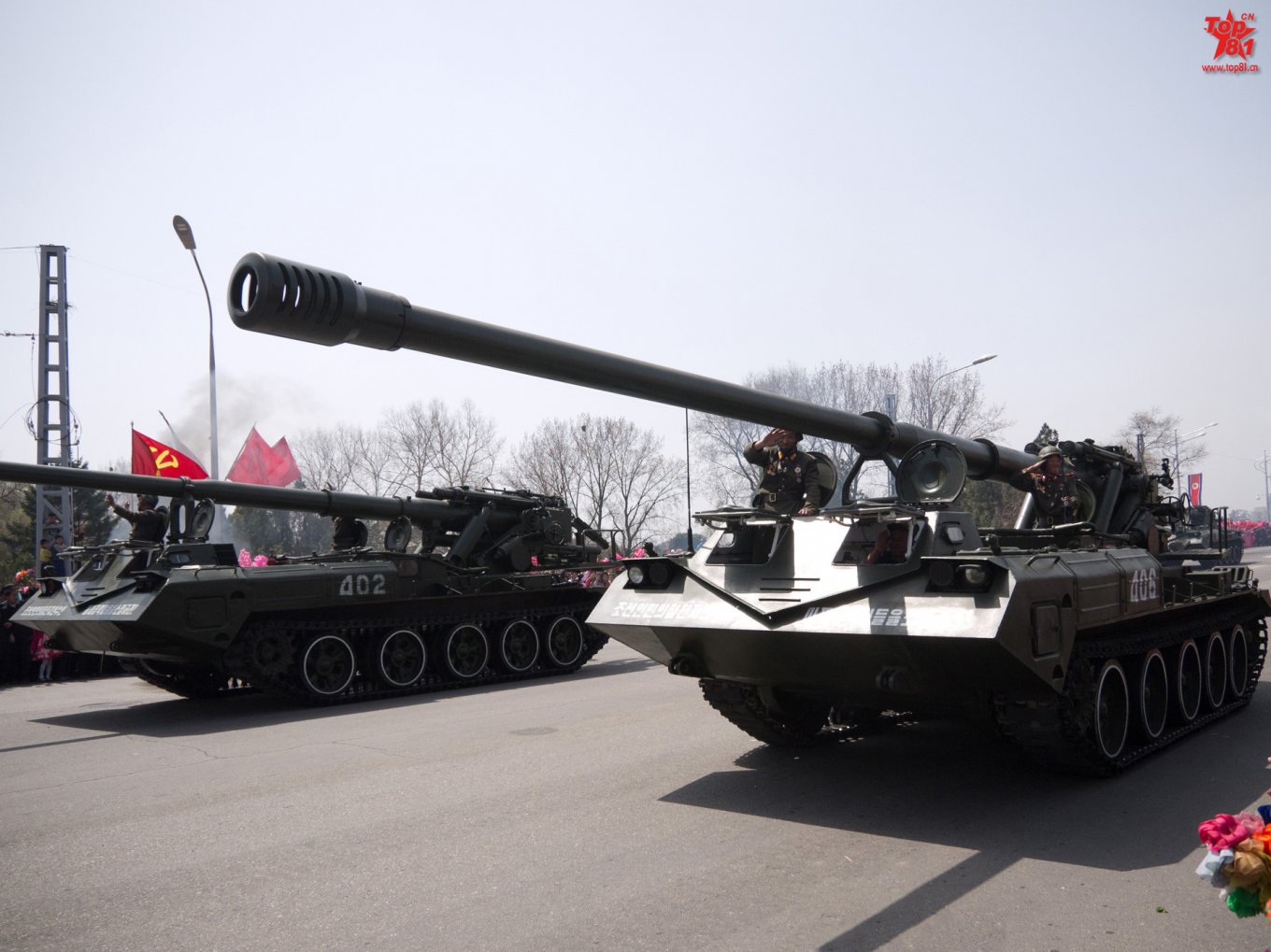
Read more: Ukrainian Tryzub Laser System Shown for the First Time: Revealed at What Range It Can Destroy Targets




